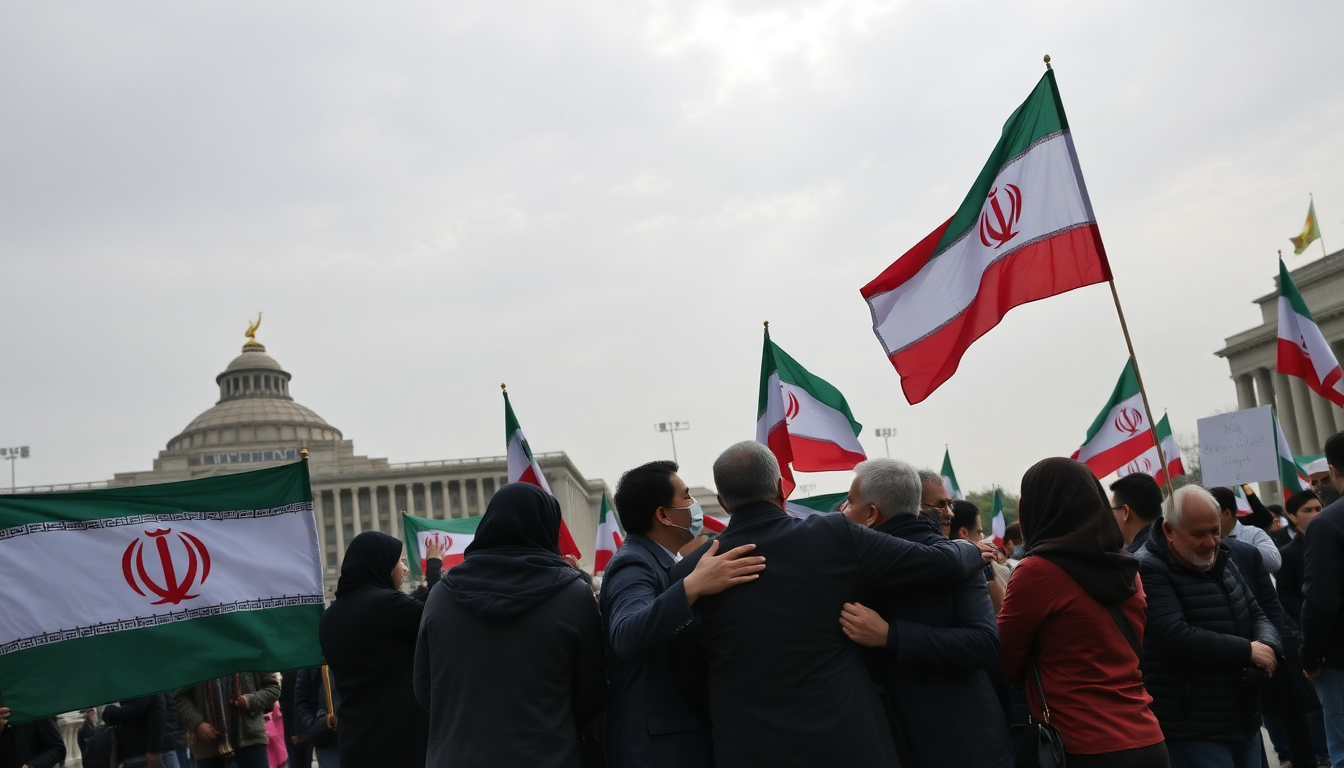Table of Contents
The political climate in Iran is tense right now, especially after a series of military setbacks and a crucial parliamentary vote about nuclear inspections. But what does this all mean for the future of the country? Let’s dive into the implications of these recent events and the internal security measures the Iranian regime has rolled out in response.
The Parliamentary Vote: What’s at Stake?
Recently, the Iranian parliament made a significant decision by voting on a bill that could potentially halt nuclear inspections. This move comes in the wake of ‘Operation Midnight Hammer,’ a military campaign launched due to escalating conflicts, particularly following a 12-day war with Israel that resulted in heavy losses for Iran, including military leaders and nuclear scientists.
The funerals for these fallen figures, such as Gen. Hossein Salami and Gen. Amir Ali Hajizadeh, drew huge crowds in Tehran. The emotional responses from attendees, who chanted anti-American and anti-Israel slogans, show just how deeply these losses have affected public sentiment. It’s a stark reminder that the nation’s mood may be shifting, revealing the regime’s increasing vulnerability.
On June 13, the very day Israel began its military operations, reports surfaced about substantial Iranian casualties, including high-ranking officials. The effects of these events continue to ripple through Iran’s political landscape, with the administration struggling to manage both external pressures and growing internal dissent.
Security Crackdowns in the Aftermath
In light of these military setbacks, the Iranian regime has ramped up its internal security measures. Reports indicate a wave of arrests and severe actions against those accused of collaborating with foreign powers, especially Israel. This crackdown suggests a regime desperate to maintain its grip on power as public discontent rises.
Human rights organizations have reported alarming figures, with hundreds detained on political or security-related charges. These measures serve a dual purpose: they suppress dissent while also projecting an image of strength during a time of perceived weakness. But how stable is this approach really? It raises serious questions about the regime’s long-term viability and the potential for unrest among the populace.
The absence of key figures, such as Iranian Supreme Leader Ayatollah Ali Khamenei, from the public eye during this turbulent time only adds to the uncertainty. Some observers speculate that his silence could indicate a strategic retreat or a recognition of just how precarious the regime’s position has become.
The Road Ahead: What Lies in the Future?
Looking ahead, it seems that Iran’s internal and external challenges are far from over. The potential suspension of nuclear inspections could escalate tensions with the international community, especially as the regime aims to strengthen its military capabilities following its recent losses.
As we watch this situation unfold, it’s essential to keep an eye on how the regime reacts to both domestic and international pressures. The success of their internal crackdowns might determine how stable the Iranian government remains in the coming months. Plus, how will the public respond to these actions? Will they solidify the regime’s power, or could they spark a broader movement for change?
In summary, the interplay of military actions, legislative decisions, and internal security measures presents a complex picture of Iran’s political landscape today. The implications of these events will reach far beyond immediate issues, potentially reshaping Iran’s future and its role on the global stage.


